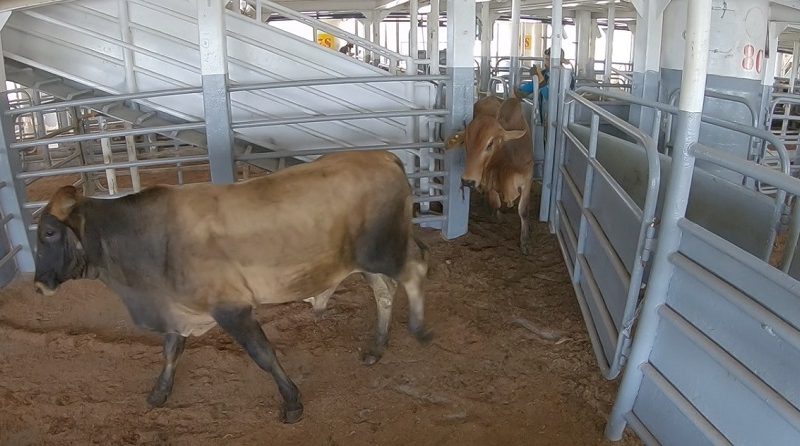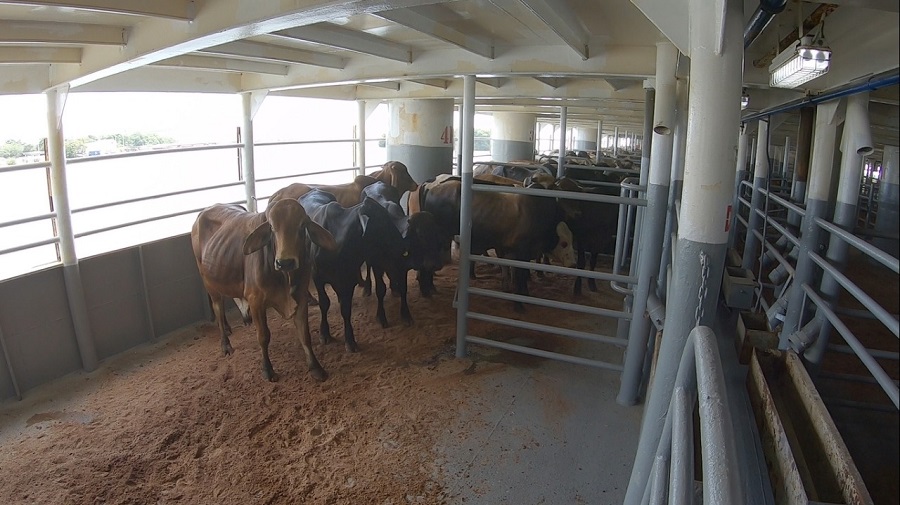
Bogota. Despite the accusations by animal activists, the Colombian Agricultural Institute (ICA) reiterated that all national and international animal welfare and health protocols are complied with in the export of live cattle.
The ICA’s technical director of quarantine, Francisco Javier Osorio Martínez, responded to criticism from different animal sectors against the conditions under which live cattle are exported from Colombia.
It is not the first time that this type of export has been criticized by the Legislature and its prohibition is sought. In 2020, Bill 273 was presented and discussed in the House of Representatives, which sought to prohibit, as of January 1, 2024, the maritime export of live animals of any species for consumption purposes. The initiative, which was led, among others, by Fabio Arroyave Rivas, León Fredy Muñoz (investigated by the Constitutional Court for drug trafficking, manufacture or possession) and Katherine Miranda Peña, was shelved.
Osorio Martínez stated that he was respectful of the opinions held on the matter, but was emphatic that the ICA has been adapting its verification procedures to international standards that guarantee better conditions for exported cattle.
"We can affirm as an entity that we have been working on the implementation of all the points that allow us to validate that the animals are in the best possible conditions," said the official.
He then explained that the ICA monitors and verifies compliance with the requirements established by Resolution No. 097977 of 2021, which regulates the export of live cattle. According to Francisco Osorio Martínez, the institute's officials are present at all stages of the process: from loading in the paddocks to the final landing destination.
"We have verification processes from the premises where the animals are found, in the transport vehicles to the departure site, on the ship when the animals are installed and throughout the trip," he explained.

The procedures that the ICA has regulated for the export of live cattle comply with the international standards for the matter, since they certify optimal conditions of mobility, compliance with the capacity to feed the animals to be transported, guarantee of health during the trip, supply of drinking water, medical attention and adequate ventilation.
“The animals are going to be in spaces that allow them to lie down, each ship has a defined space: some pens. These pens are fully presented in the plans and we can verify that the animals that are going to be exported can be housed in that space. We do not approve the shipment until we are certain of that first aspect related to the spaces, that there is not an overpopulation of animals, and then, we address the issue of complementary animal welfare that has to do with food, drinking water, sanitation and ventilation.
”, Francisco Javier Osorio said. Resolution No. 097977 of 2021, also establishes, in addition to these conditions, that the exporter must make weekly reports that account for the proper handling and welfare of the animals during the trip issued or signed by a Veterinary Doctor or Zootechnician, as well as a Report with the total number of landed animals, which allows verifying compliance with all these requirements at all times.
The ICA Quarantine technical director dismissed the animalistic versions that have irresponsibly labeled these ships as "Ships of Death" and according to which these exports violate all laws and regulations related to animal welfare.
The statistics support the protocols required and verified by the ICA before authorizing the departure of live cattle to their final destination. "Until now we have not been presented with any mortality incident that indicates that we are doing things wrong, that is, we believe that it is correct according to the regulations that we have issued," said Francisco Osorio Martínez.
The official emphasized the impact that this boom has on the social and business fabric, since the benefits of exports support a little more than 2 million people who make up the 700,000 families of small Colombian ranchers who work on the farms. In addition, it generates 600 direct jobs in the heavy transport sector that moves the cattle from the jiggers to the shipping ports.
Finally, according to Dane, the rate of exports to the Middle East at the end of June had exceeded the figures reported at the end of 2021, reaching 248,770 head of cattle, which represents an income of 198.6 million dollars. . At the end of this year this commercial activity will reach a record figure, leveraging the growth of the sector.
We are an exporter of live cattle and work under the highest animal welfare standards. We have revolutionized the market by bringing high operational quality to the processes…